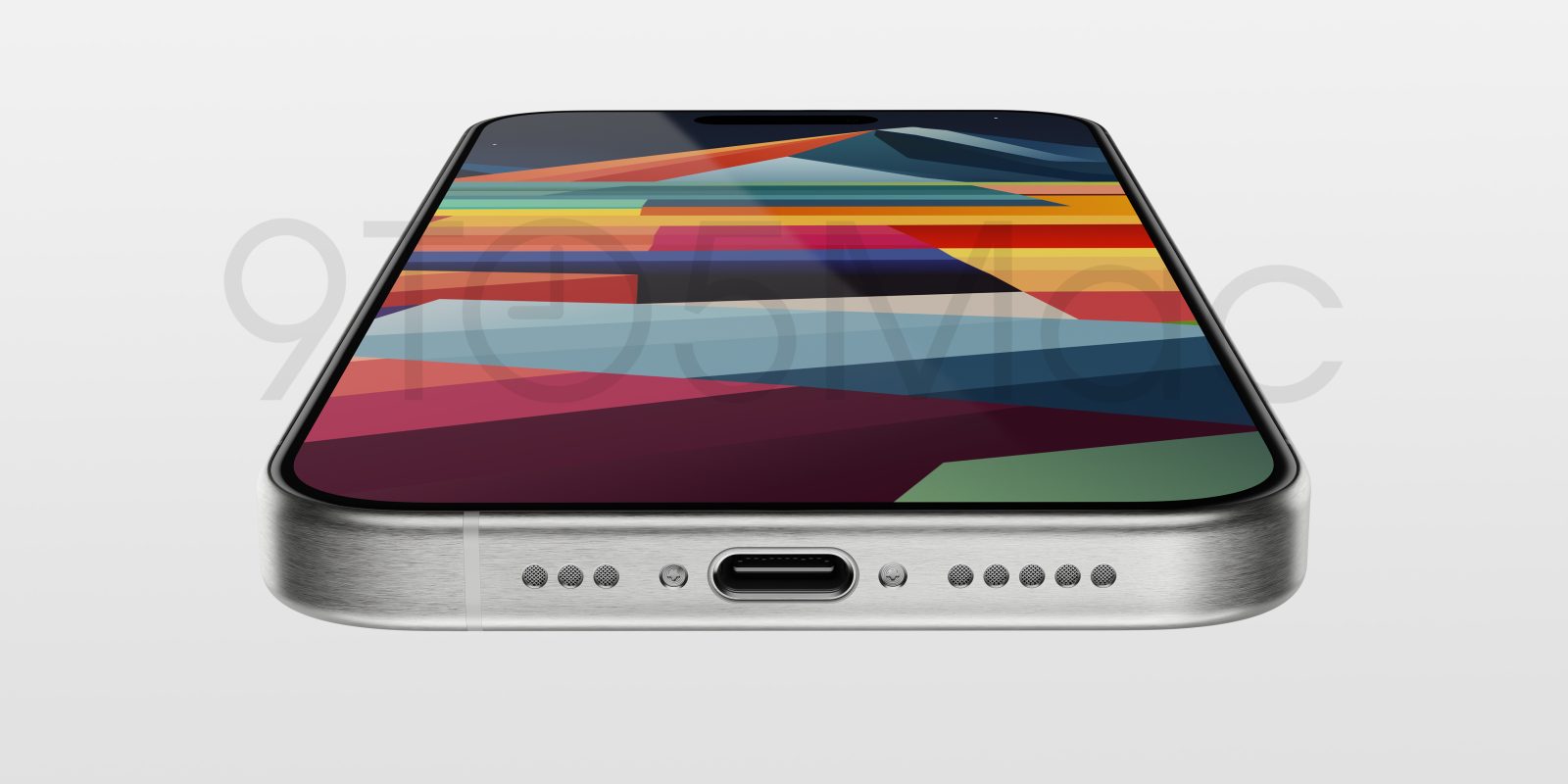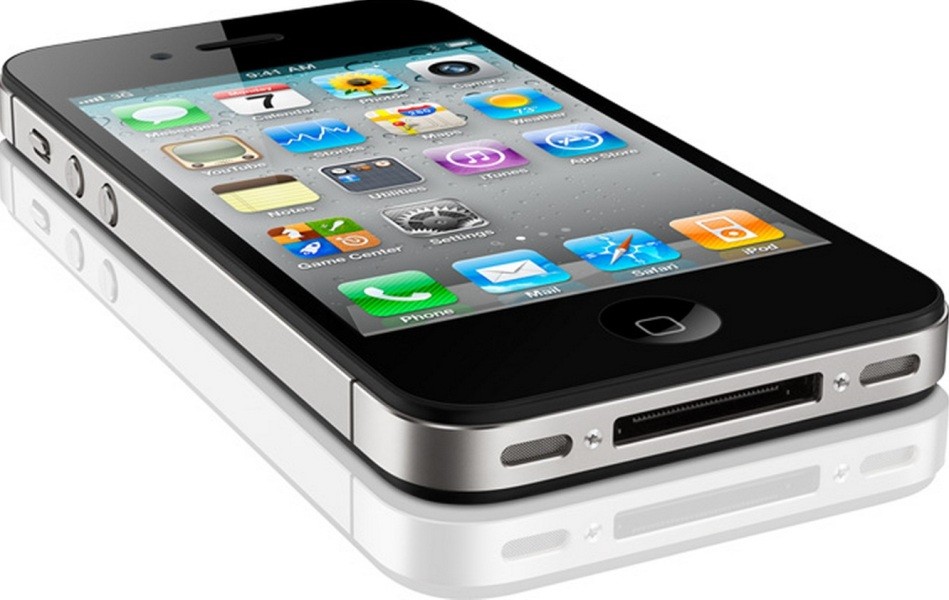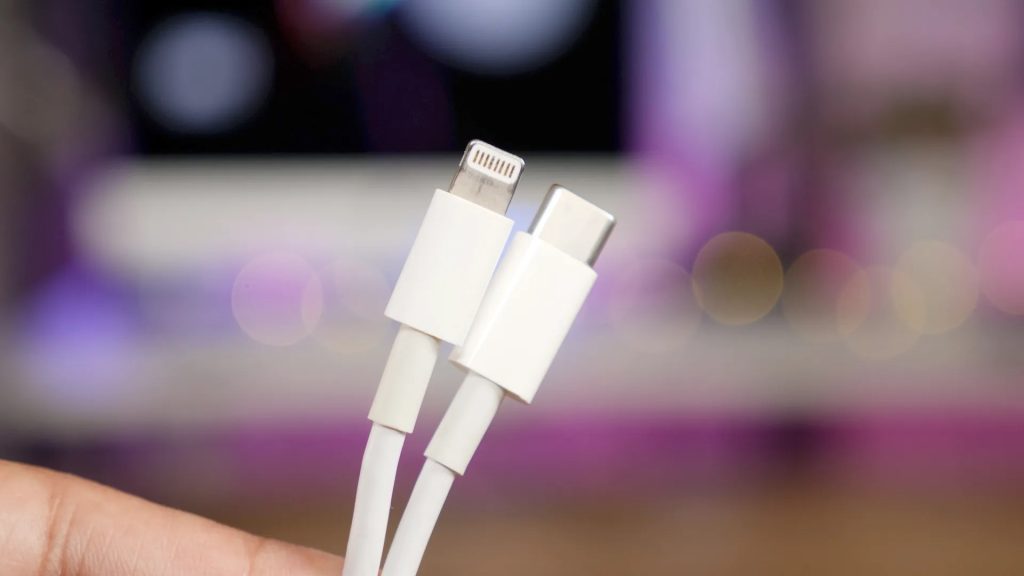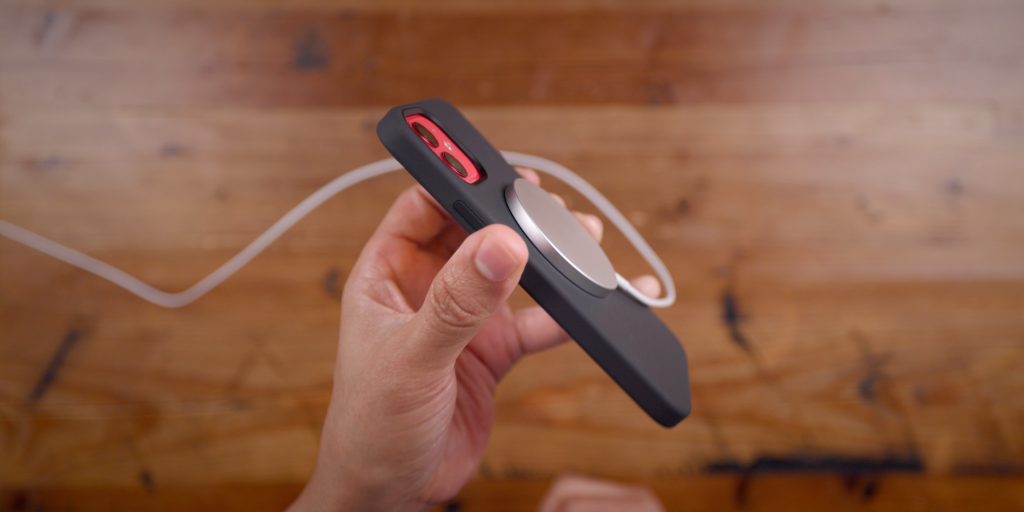
When Apple unveils the iPhone 15 line in two months, it will also announce the first charging point change since the iPhone 5. For a lot of iPhone users, however, nothing will change with how the iPhone is charged.
30-pin to Lightning
In retrospect, it’s a little hard to believe that Apple only made five iPhone models that used the original charging port. Launched 16 years ago, the original iPhone used the same 30-pin connector charging port as the iPod line.
By the time Apple’s 30-pin connector came to the iPhone, it was an okay charging option. The plug only connected when facing forward, but it no longer locked into place with teeth on either side.
Apple only ever shipped this charging port on the iPhone, iPhone 3G, iPhone 3GS, iPhone 4, and iPhone 4S. Still, the public reaction when the iPhone 5 switched to the current Lightning port was not exactly positive in 2012.
That’s largely because 30-pin connector adoption had a head start due to the popularity of the iPod. It didn’t help that Apple’s 30-pin to Lightning adapter was in short supply when the iPhone 5 launched.

USB-A to USB-C
While it’s true that the iPhone hasn’t changed its charging port in over a decade, that might not be how customers see it.
Apple began shipping a USB-C to Lightning cable in the box with the iPhone 11 Pro to unlock faster charging. iPhone 5 through the iPhone XS (and non-Pro 11) came with a USB-A to Lightning cable. Apple also included the charging brick in the box.
A year later, Apple stopped including the power adapter in the box to save the planet and replaced USB-A to Lightning with USB-C to Lightning for iPhone 12. If the two people who have borrowed my iPhone charger in the last month are any indication, iPhone customers are still discovering the perks of fast-charging with USB-C to Lightning and a 20W power adapter.

USB-C remains “the new plug” for Apple despite first adopting it on a new product in 2015.
Lightning to USB-C
These days, Apple lets you charge with USB-C on everything from MacBooks and iPads to Apple TV remotes and Beats headphones. Everything but the iPhone, that is.
This will change with the iPhone 15 line whether Apple likes it or not. For a lot of us, the move from Lightning to USB-C is long overdue. Apple’s insistence on shipping Lightning for all these years has only worsened the transition to come.
But for a lot of iPhone customers (including some 9to5Mac readers), the switch from Lightning to USB-C (whether Apple likes it or not) is a dreadful change. Regardless of what Apple’s other products have done, the Lightning ecosystem is thriving for many. Having to invest in a new charging plug (whether Apple likes it or not) is a headache. We get it.

There’s something different about this charging transition, however. For some number of iPhone users, what charging port Apple uses makes no difference. Apple could replace Lightning with VGA and it wouldn’t matter — for charging purposes, that is.
That’s because Apple added, not replaced, a charging method six years ago with wireless charging. iPhone X and iPhone 8 were the firsts to support the Qi charging standard, and iPhone 12 vastly improved the experience with MagSafe. For some users, the iPhone charging port is merely a service port and lent collector.
There’s probably a lot of crossover with people who use wireless charging and people who are eagerly awaiting USB-C iPhones. Still, for some number of iPhone customers, the transition from Lightning to USB-C with the iPhone 15 line will make no difference. Just use the same MagSafe charger on your iPhone 15 that you’ve been using since the iPhone 12. That’s not something you could say for the last big iPhone port change.
FTC: We use income earning auto affiliate links. More.
Stay connected with us on social media platform for instant update click here to join our Twitter, & Facebook
We are now on Telegram. Click here to join our channel (@TechiUpdate) and stay updated with the latest Technology headlines.
For all the latest For Top Stories News Click Here
